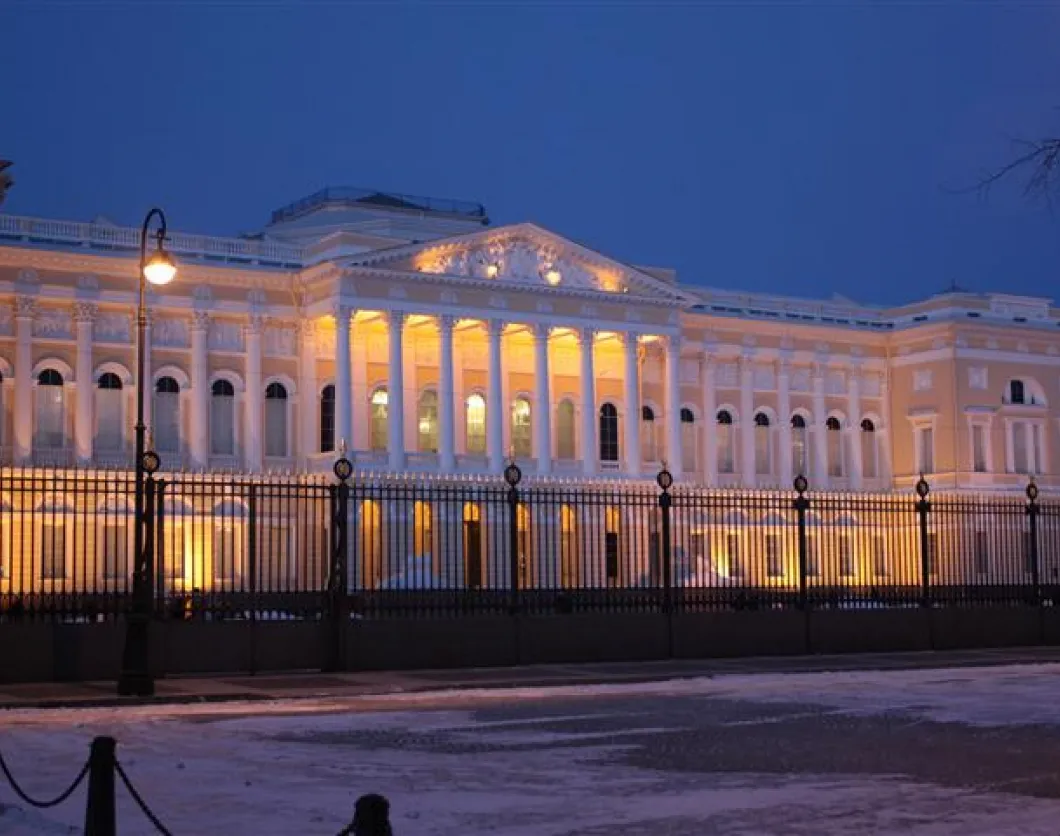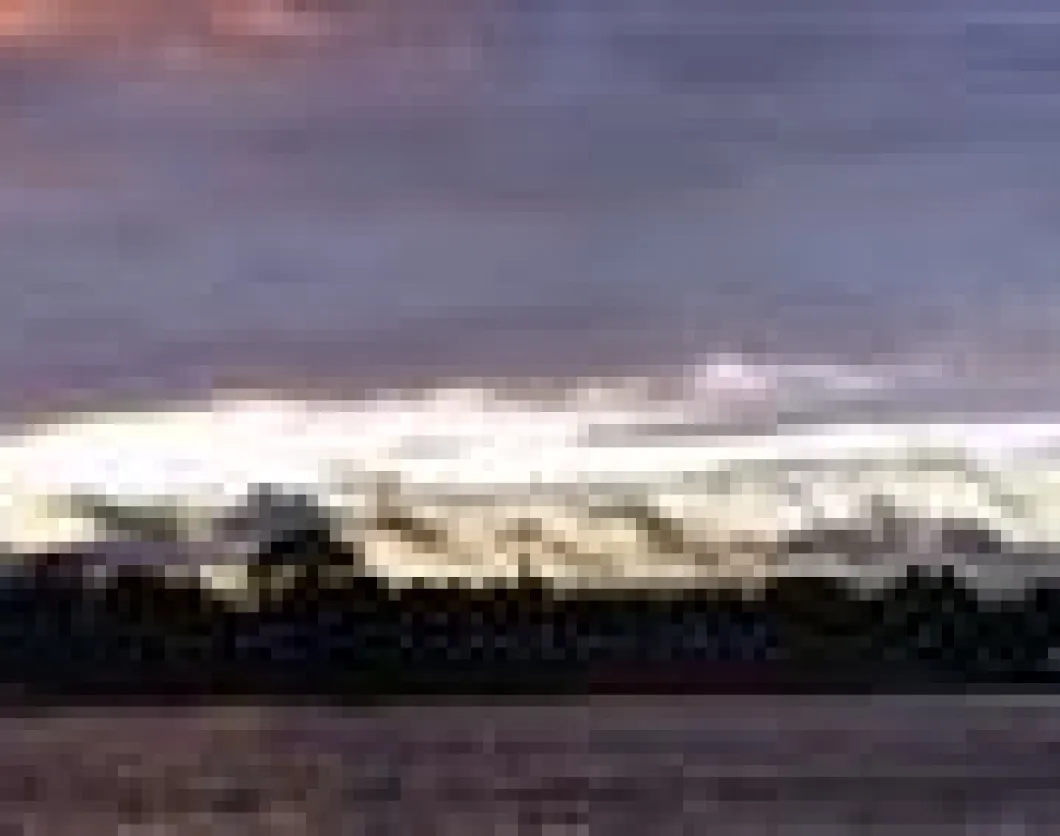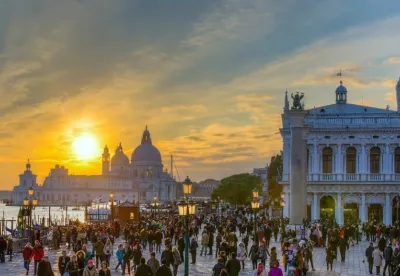For many people around the world, St. Petersburg is the city of "White Nights". They only last a short while however: for most of the year darkness enshrouds the city on the Neva every evening. By the dim light of the moon and the glimmer of the lampposts the Northern Capital is unrecognizably transformed, turning into the most extraordinary, fantastic city on earth.
Anyone who has strolled around St. Petersburg by night, albeit only once (even those who know the city well and have a keen sense of its atmosphere), inevitably feels a somewhat strange sensation. An unfamiliar, mysterious world seems to rise up before you, populated not by people, but by specters and phantoms. It is a world where spirits rule, where even houses and streets that you may have known since childhood alter their appearance and become something quite different. Out of the darkness emerges a city without nationality, a city that is at the same time quiet yet festive, carefree yet cruel, splendid yet enigmatic.
This is particularly astonishing, since St. Petersburg was conceived and designed in an unusually rational way: the straight streets, the squares that appear to have been drawn using compasses, the strictly numbered lines, the classical proportions of the buildings... But a great many secrets and strange stories lurk in the stone carriageways, the hump-backed bridges, the walls of the old buildings, the squares, palaces and churches.
As you wander around well-known streets, past the famous palaces and along the sparkling canals, your eyes blurred by the magic of the city by night, far-off voices begin to be heard, long-forgotten faces come into view, and whatever used to live here rises up in a ghostly fascination.
All St. Petersburg residents and visitors to the city have been to the Hermitage at least once in their lives – the huge museum complex is one of the city's symbols. You would think that everything has already been said about it, but if you do not take the opportunity to visit it by night, you will have missed out on a very important feature in the portrait of the Northern Palmyra; at that time each of the museum's buildings is living its own special life.
If you walk along Millionnaya Ulitsa towards the New Hermitage, you can look at the figures of the Atlantes that you thought were so familiar, and not recognize them. Just for a moment it seems that in some miraculous way you have been transported from the banks of the Neva to Italy (though you cannot immediately specify where in particular). And you cannot resist the temptation to go up to the foot of one of the statues, stand with your back to it, grasp a toe that has been worn smooth by thousands of hands and make a wish. It is said that such wishes invariably come true.
If you go on further, across Palace Bridge to the Vasilevsky Island Spit, stop and look back at the bright, spectacular Winter Palace. It is striving to fly towards you out of the darkness, like Laputa from "Gulliver's Travels". A moment later, the flying island invented by Swift glides past you, taking with it the great masterpieces of painting and sculpture, and you get fleeting glimpses of strange figures in quaint costumes at the windows. You will never discover who they are – ghosts of the palace's previous inhabitants? Its current custodians? Or just a figment of your imagination?
There is one more building in St. Petersburg, well known to everyone, that by night purports to be something quite different from what it actually is – Peter and Paul Fortress. Viewed from Palace Embankment, it appears to be a graceful, almost weightless building, hovering over the smooth waters of the Neva and threatening to dissolve in the darkness, like a phantom. This is a mirage, though. You should approach it from the side of Troitsky Bridge and look at its profile (the stone bastions)... and in front of you there stands a mighty ship, whose prow is slicing through the ice or the water – and no force on earth can stop it.
And then there is Bolshoy Okhtinsky Bridge, whose mighty spans (each 136-meter bascule leaf weighs about 400 tonnes) are nothing like the delicate tracery of most of St. Petersburg's bridges; it reminds you more of Tower Bridge in London. And there are still cranks looking for the golden rivet that as a legend says is concealed among the millions of other rivets in the bridge and is painted the same color as the rest.
Yes, Sergey Sudeykin, one of the "World of Art" artists and a true St. Petersburg native from the Silver Age, was a thousand times right when he wrote: "St. Petersburg is unreal – you only come across such fantasy in dreams. And dreams are endless, with the exception of one: the eternal dream... I get such a feeling... in this mist, but also in bright sunshine, when the Neva becomes blue, that St. Petersburg is floating away from under our feet – It is melting, like a wax candle... St. Petersburg is a dream that we all dream..."










